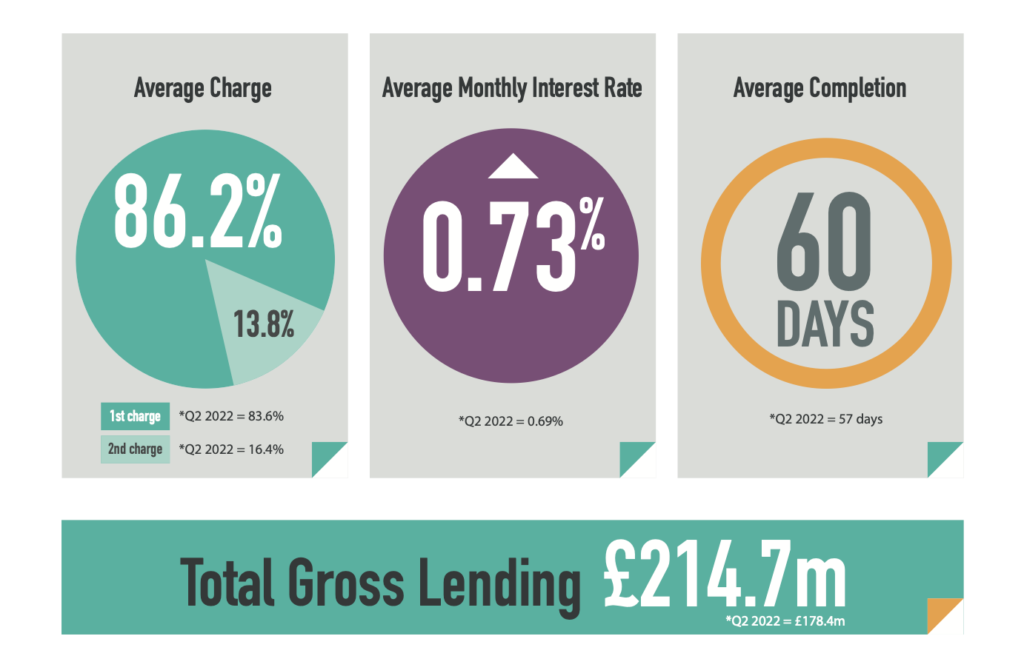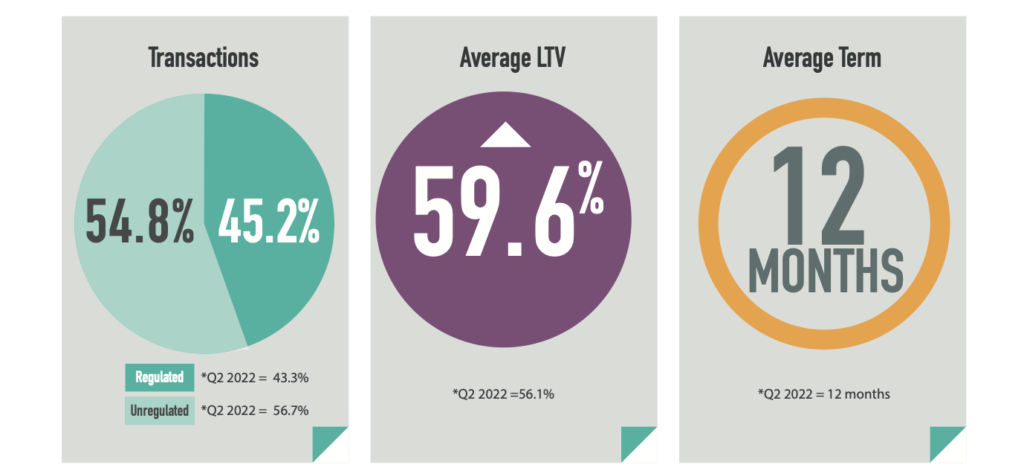Gross contributor lending rose to an all-time high in Q3 2022, according to the latest data from Bridging Trends.
According to the latest Bridging Trends figures, £214.7m in bridging loans was transacted by contributors during the third quarter of 2022.
This was the third consecutive quarterly increase and a 20% rise on Q2 (£178.4m), making it the highest contributor lending amount since Bridging Trends launched in 2015.
Sam O’Neill, head of bridging at Clifton Private Finance, said: “The total gross lending figure will be an interesting benchmark for the next quarter given the current uncertainty of the market.
“With uncertainty comes opportunity, and we are already seeing investors looking to capitalise on under market value transactions caused by panic-selling vendors.”
According to Bridging Trends data, preventing a chain break became the most popular use of a bridging loan in Q3 at 22% of total transactions, up from 21% in Q2.

Purchasing an investment property – previously the most popular use of bridging finance for the five previous quarters – dropped by a third, from 24% to 16%.
This is an all-time low and could be due to investors exercising caution amid an unpredictable economic climate.

Stephen Watts, bridging and development finance specialist at Brightstar, said: “Following the base rate rises we’ve seen throughout this year and mortgage interest rates increasing across the industry, it’s no surprise that chain-break bridging is the biggest use of funds for the quarter.
“Borrowers that have had mortgage products withdrawn on them with little or no notice or have lost their sale due to their buyers no longer fitting mortgage affordability criteria, would then turn to short-term funding solutions to ensure their purchase can still go through as planned.
“It will be interesting to see how this impacts next quarter’s data.”

Meanwhile, bridging loans for business purposes nearly doubled, soaring from 6% in Q2 to 11% in Q3.
Auction finance also saw a jump in demand, rising from 5% in Q2 to 8% in Q3.
The average monthly interest rate increased for the first time this year to 0.73% in Q3, up from the record low reported in the previous quarter (0.69%) as the cost of borrowing increased across the financial services industry.
The average loan-to-value level also increased in Q3 – to 59.6%, up from 56.2% in Q2.
Regulated bridging remained in high demand, taking 45.2% of market share, up from 43.3% in Q2. This is the highest percentage in regulated bridging transactions since Q1 2021.
Gareth Lewis, commercial director at MT Finance, added: “Considering the volumes we have seen in Q3, bridging finance clearly continues to be a useful tool for homeowners and investors alike.
“What has been interesting is the drop-off in bridging being utilised for investment purchases, which is likely due to buyers taking stock of the current market.
“While it’s too early for us to really feel the impact of September’s mini-budget, I expect this will be more visible in Q4.
“As predicted in Q2, interest rates have started to slowly rise to 0.73% but it is worth noting they are virtually on a par with Q3 in 2021 (0.72%).
“I would not be surprised if interest rates continue to rise, and investors remain cautious.”



